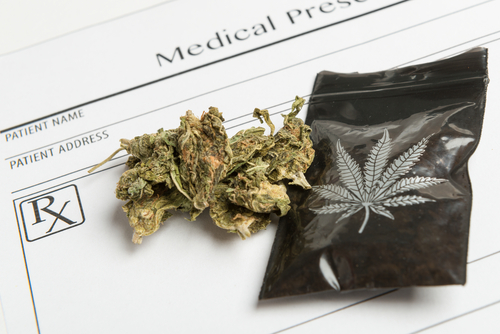District Attorneys Gone Prison-Happy
Criminal justice reform is a contentious political issue, but there's one point on which pretty much everyone agrees: America's prison population is way too high. It's possible that a decline has already begun, with the number of state and federal inmates dropping for three years straight starting in 2010, from an all-time high of 1.62 million in 2009 to about 1.57 million in 2012. But change has been slow: Even if the downward trend continues, which is far from guaranteed, it could take almost 90 years for the country's prison population to get down to where it was in 1980 unless the rate of decline speeds up significantly.
What can be done to make the population drop faster? Many reformers, operating under the assumption that mass incarceration is first and foremost the result of the war on drugs, have focused on making drug laws less punitive and getting rid of draconian sentencing laws that require judges to impose impossibly harsh punishments on people who have committed relatively minor crimes. But according to John Pfaff, a professor at Fordham Law School, neither of those efforts will make a significant dent in the problem, because they are based on a false understanding of why the prison boom happened in the first place.* Having analyzed statistics on who goes to prison, why, and for how long, Pfaff has emerged with a new and provocative account of how the problem of mass incarceration came to be. – Slate, Feb. 6, 2015
U.S. prisons are stuffed to the rafters, often with non-violent offenders. By all kinds of measures, we incarcerate far more people than most of the world. Why?
The standard assumption blames aggressive drug law enforcement and mandatory sentencing laws. New research from Fordham Law School suggests a different answer. The War on Drugs is a big factor, but not the only factor.
The study by Prof. John Pfaff says 90% of prisoners are in state prisons, and only 17% of those are there primarily for drug charges. About two-thirds of prisoners are behind bars for property or violent crimes.
It is quite likely many of the violent crimes were drug-driven – gangs fighting turf wars, etc. – but any way you look at the data, the War on Drugs doesn't explain why so many people are in prison. Pfaff's data also shows the vast majority of prisoners stay less than three years, indicating that the long mandatory sentences are not the main cause, either.
Pfaff points to a very interesting statistical change. Between 1994 and 2008, the odds that a district attorney would file felony charges against a given arrestee doubled, going from 1 in 3 to 2 in 3. Prosecutors have become far more aggressive in filing more serious charges than they did in the past. The result is more people go to prison for offenses that would once have earned probation or short jail stays.
What made local prosecutors get more aggressive? Here we can only speculate. A "tough on crime" attitude grew in the 1980s. Recall the infamous "Willie Horton" ads the George H.W. Bush campaign ran against Michael Dukakis in 1988. Locally elected prosecutors may have discerned that a tougher approach improved their re-election odds.
Another factor could be the rise of contractor operated, profit-seeking prisons. The companies in that niche have a financial incentive to want as many people sentenced to prison as possible. They could help the most aggressive prosecutors with campaign contributions or other support.
Why is all this important? Many libertarian-minded citizens welcome marijuana decriminalization in part because they think it will reduce the prison population. Pfaff's research suggests this is not true. If we end the War on Drugs but don't address the greater problems, prosecutors will find other reasons to imprison just as many people.
As long as government can regulate behavior, it will regulate behavior. Prevent it from regulating one type and it will create another. That is how government works.
You don’t have to play by the rules of the corrupt politicians, manipulative media, and brainwashed peers.
When you subscribe to The Daily Bell, you also get a free guide:
How to Craft a Two Year Plan to Reclaim 3 Specific Freedoms.
This guide will show you exactly how to plan your next two years to build the free life of your dreams. It’s not as hard as you think…
Identify. Plan. Execute.
Yes, deliver THE DAILY BELL to my inbox!
Your $50 Ticket to the "$100 Billion Pot Stock Bonanza" The $100 billion marijuana industry is dominated by penny stocks...
The $100 billion marijuana industry is dominated by penny stocks...
With legalization sweeping the country, these penny stocks have already begun skyrocketing in price...
Take action TODAY, and you have a once-in-a-generation opportunity to turn a tiny $50 investment into an absolute fortune.
 Biggest Currency Reboot in 100 Years? In less than 3 months, the biggest reboot to the U.S. dollar in 100 years could sweep America. It has to do with a quiet potential government agreement you’ve never heard about. >>>>>Click here now for the details<<<<<
Biggest Currency Reboot in 100 Years? In less than 3 months, the biggest reboot to the U.S. dollar in 100 years could sweep America. It has to do with a quiet potential government agreement you’ve never heard about. >>>>>Click here now for the details<<<<<